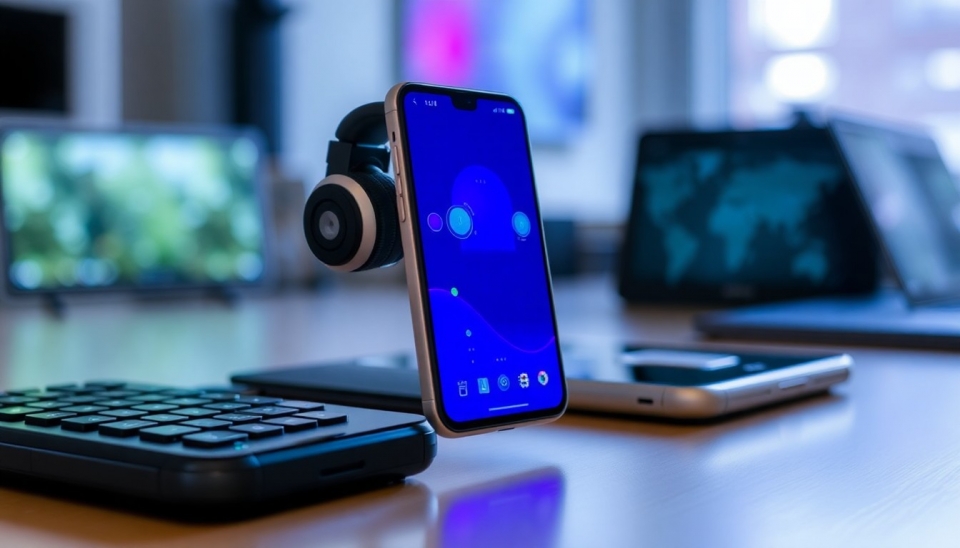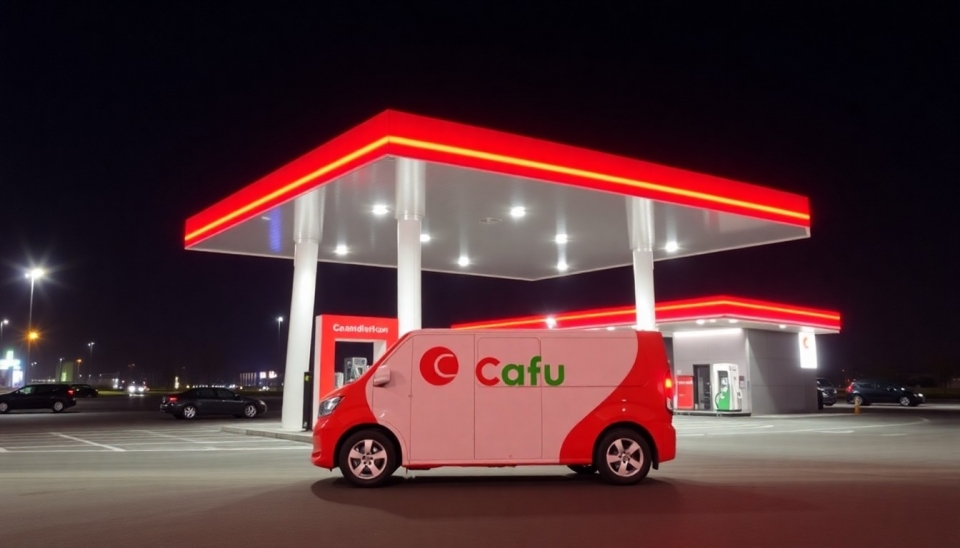
In a startling turn of events, the once-thriving gadget industry is experiencing a severe downturn, punctuated by a growing discontent among manufacturers and consumers alike. The excitement that once surrounded innovative technology products has dimmed as artificial intelligence dominates discussions around the future of the tech landscape. As companies pour resources into AI, traditional gadgets are being overlooked, resulting in a significant shift in market dynamics.
Manufacturers that were once upbeat about launching new gadgets are now grappling with slumping sales and inventory pile-ups. A report highlights that tech giants have shifted their focus towards AI, leaving behind their gadget segments and leading to increased challenges for smaller companies that still aim to innovate in this space.
The financial ramifications are stark. Industry analysts note that revenues from consumer electronics have plummeted, with many brands now struggling to maintain profitability. As they grapple with these economic pressures, retailers are finding themselves stuck with unsold stock, further exacerbating the crisis. Consumers have become increasingly discerning, opting for smarter, AI-powered devices instead of traditional gadgets, leading to a significant reshaping of consumer preferences.
Amid this tumultuous backdrop, the annual Consumer Electronics Show (CES) has now become a platform not just for showcasing cutting-edge gadgets, but for pitches centered on integrating AI capabilities. Highlights of this year's event emphasized AI-driven innovations, overshadowing many devices that don't incorporate such technology. As a result, notable participants in the smartphone and home appliance markets have begun to face heightened scrutiny regarding their reluctance to evolve alongside these trends.
The fallout from this paradigm shift is particularly telling in the smartphone market, which is experiencing stagnant growth. Manufacturers are facing intense pressure to find new features and innovations to entice buyers; however, the overwhelming impact of AI integration has proven difficult to counteract. As developers vie for a competitive edge, many are looking at how AI can enhance user experiences, suggesting that true pioneers will need to seamlessly fuse traditional gadget functionalities with AI advancements to survive in this reconfigured market.
Despite the challenges, there are glimmers of optimism. Some brands are actively working on integrating AI into their products in innovative ways, fostering a renewed sense of creativity. Companies that succeed in aligning their gadget offerings with the demands of AI enhancement could potentially navigate this transformation successfully. Moreover, consumers may still possess an appetite for novel gadgets, provided they are effectively tied to AI technologies.
The sentiment among experts indicates that while the gadget boom may have cooled, a resurgence could occur as the industry adapts to new consumer expectations. With continuous advancements in AI technology, the landscape is likely to evolve further, demanding flexible strategies from manufacturers and retailers alike. The key takeaway here is that those who can harness the innovation potential of AI while respecting consumer preferences may yet emerge as champions in the redefined tech ecosystem.
As the industry continues to navigate these turbulent waters, observers remain fixed on how these changes will impact the future of gadgets and consumer electronics. What becomes clear is that adaptability will be crucial as companies aim to reclaim the novelty and excitement that once defined the tech industry.
In conclusion, while the gadget boom may be in a precarious state, its full potential can still be realized through the integration and innovation of AI. Celebrating the intersection of traditional technology and cutting-edge artificial intelligence may define the next wave of successes in an increasingly digital world.
#GadgetBoom #TechIndustry #AI #ConsumerElectronics #Innovation #SmartDevices
Author: Liam Carter




